There’s a plethora of paintbrushes and rollers available in the paint department, but how do you make the right choice? It depends on the project and the paint you’re planning on using. Before you dip your brush, make sure you have the right one, by reading our handy primer.
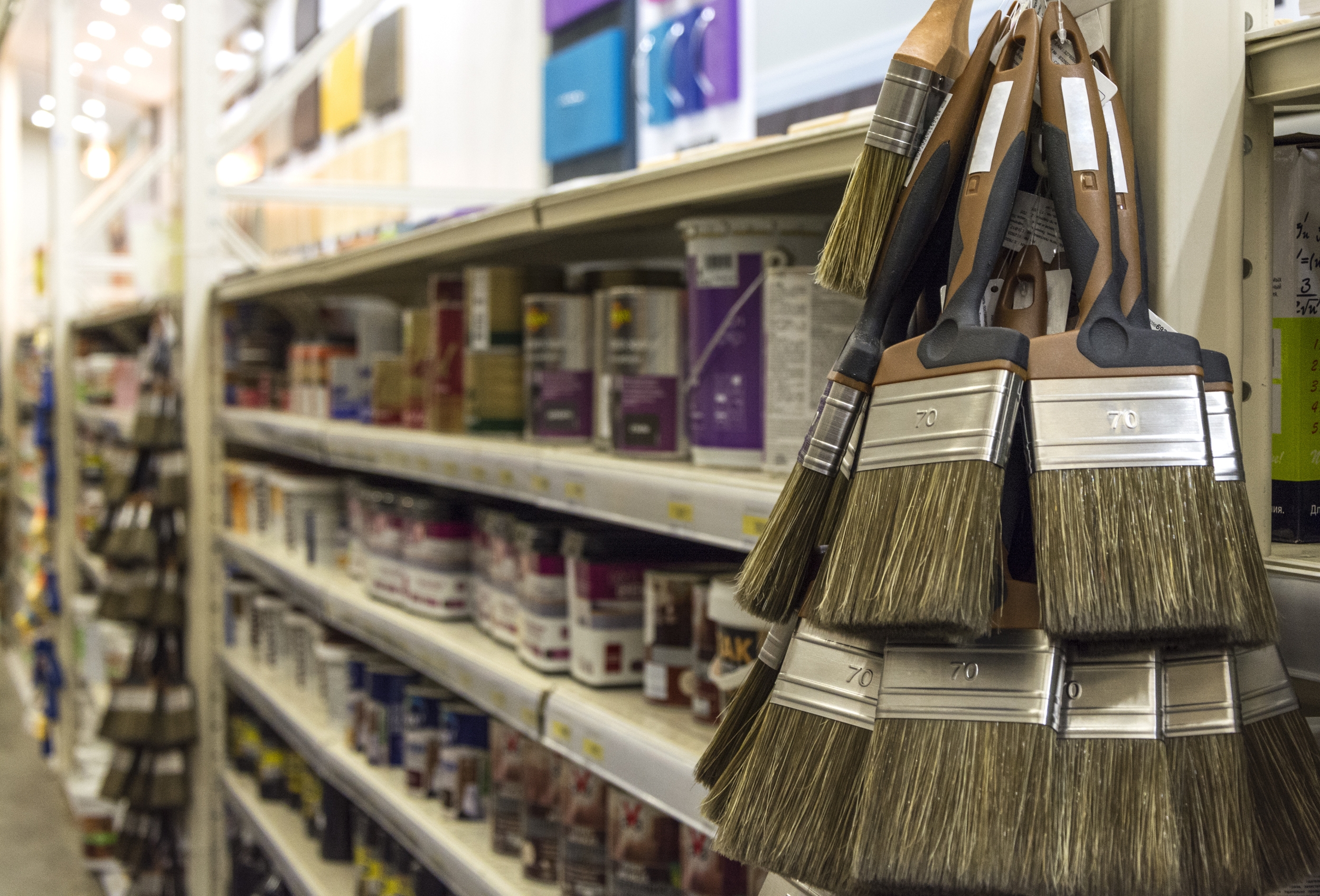
Photo by DimSan on Shutterstock
Brush Strokes
When it comes to paintbrushes, you get what you pay for. Quality brushes hold paint better and streak less, while cheap brushes will shed bristles on your walls that you’ll have to pick out. Look for brushes with a ferrule (the metal edge that attaches to handle) that is secured to the handle with rivets or screws.

Photo by Pxhere
Natural Brushes
Natural brushes, which are made from animal hair, are softer and specifically designed for holding oil-based paints.

Photo by Pxhere
White china brushes are made from hog hair. They’re soft and porous and most suitable for oil-based paints, stains, varnish, polyurethane, shellac, and lacquer. This brush is perfect for projects that require a smooth finish. Be cautious with cheap white bristle brushes as they tend to fall apart rather easily.

Photo by Rawpixel.com on Shutterstock
Black china brushes are a bit stiffer and better suited for textured surfaces using primers, oil base paints, and enamels. These brushes are stiffer, which helps when trying to cut a straight line, and have thicker hair which helps hold more paint on the brush longer.
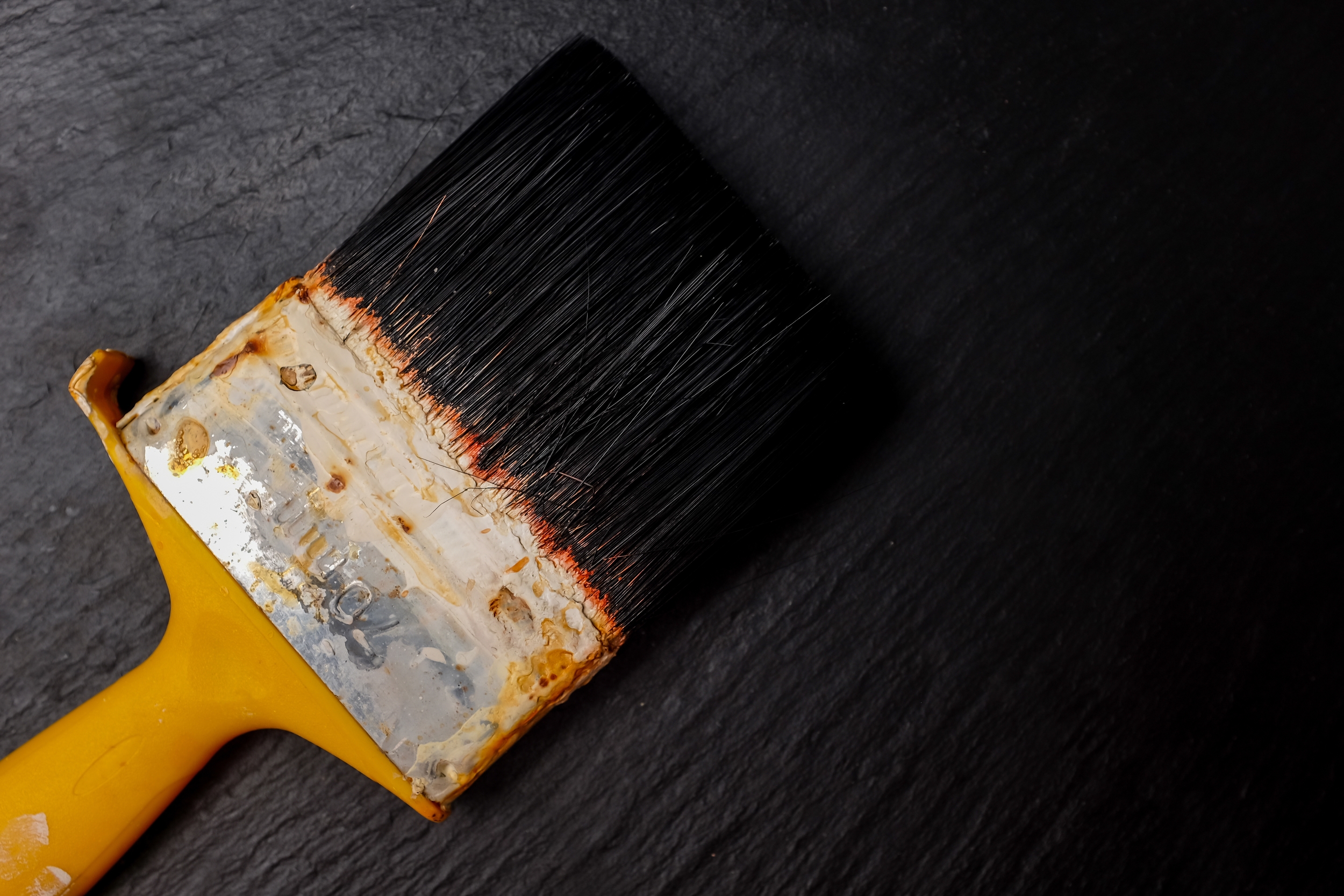
Photo by BLGKV on Shutterstock
Ox hair brushes are more expensive than china brushes, but offer an ultra-fine, smooth finish when using oil-based paint and varnish. Ox hair brush blends are usually a mix of ox hair and white or black bristles or additional synthetic filaments for added stiffness.
Synthetic Brushes
Synthetic brushes are the most versatile and can be used with any water-based paint, including latex.
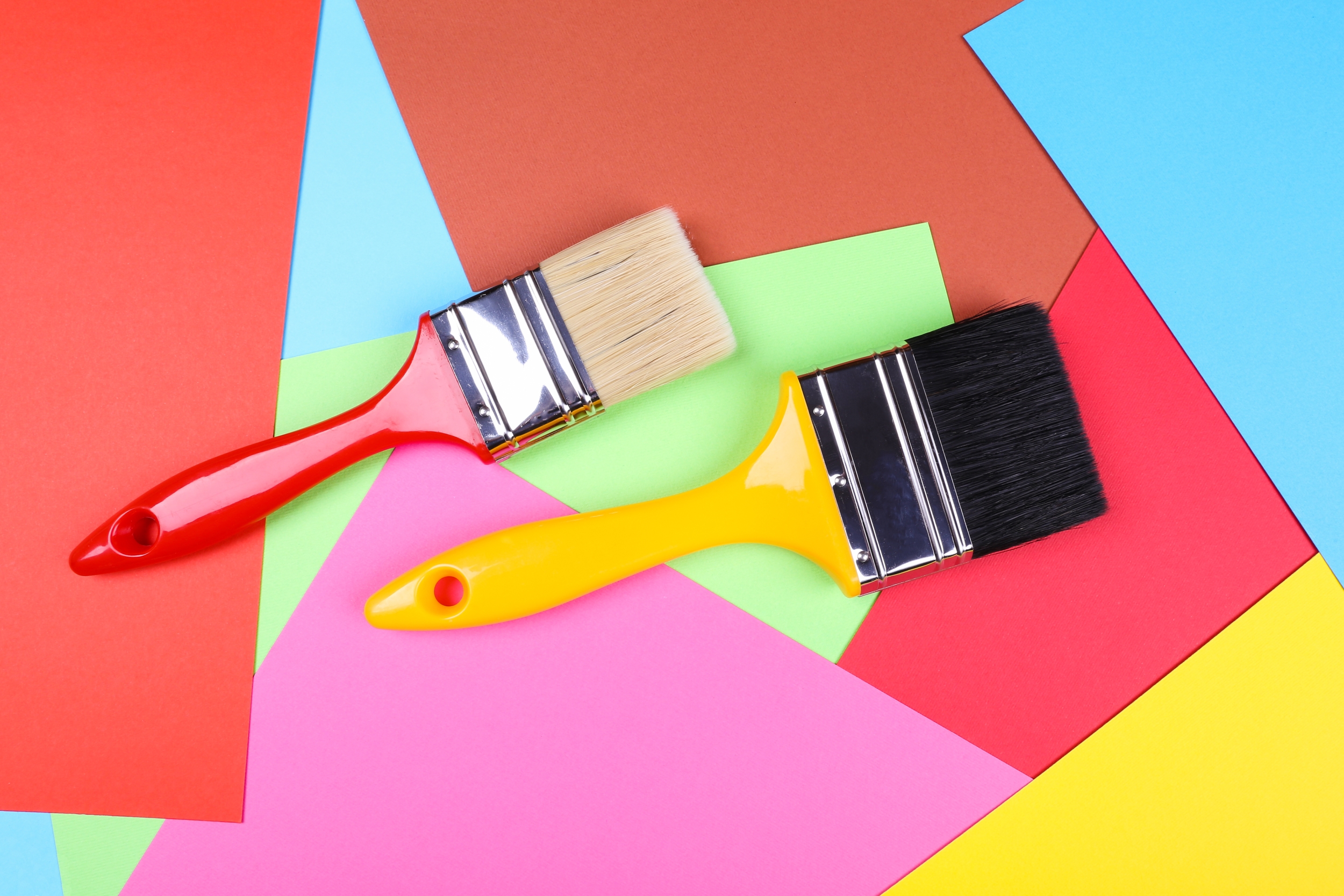
Photo by Cozy Home on Shutterstock
Nylon brushes are fickle: they react to heat and humidity and can get soft, making it difficult to create a smooth finish. It’s best to use nylon when you’re in a climate controlled setting, like interior paint projects. Nylon filaments are relatively soft and don’t offer the flex and stiffness that polyester has. When using water based paints, or painting interiors that are smooth or semi-smooth, nylon is usually the best bet.
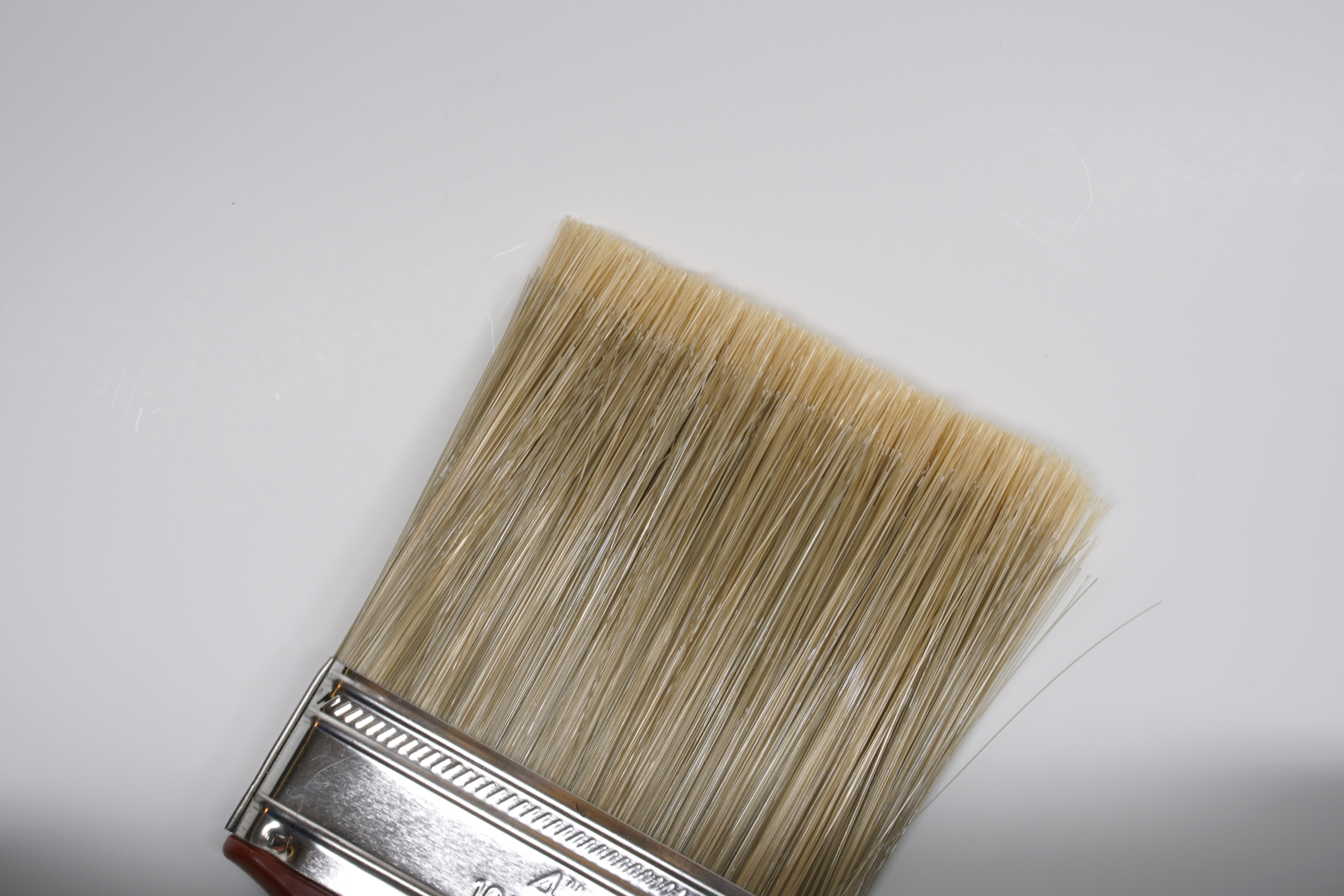
Photo by BrandonKleinPhoto on Shutterstock
Polyester bristles are stiffer and not as susceptible to heat and humidity. They’re ideal for exterior and interior jobs but tend to leave brush strokes. Polyester filaments resist water absorption, enabling these brush types to keep their stiffness and flexibility over time. These brushes don’t stand up well against abrasion, so prolonged use on a rough surface should be avoided. When painting exteriors, polyester brushes are a good choice; they work well on smooth, semi-smooth, and semi-rough surfaces.
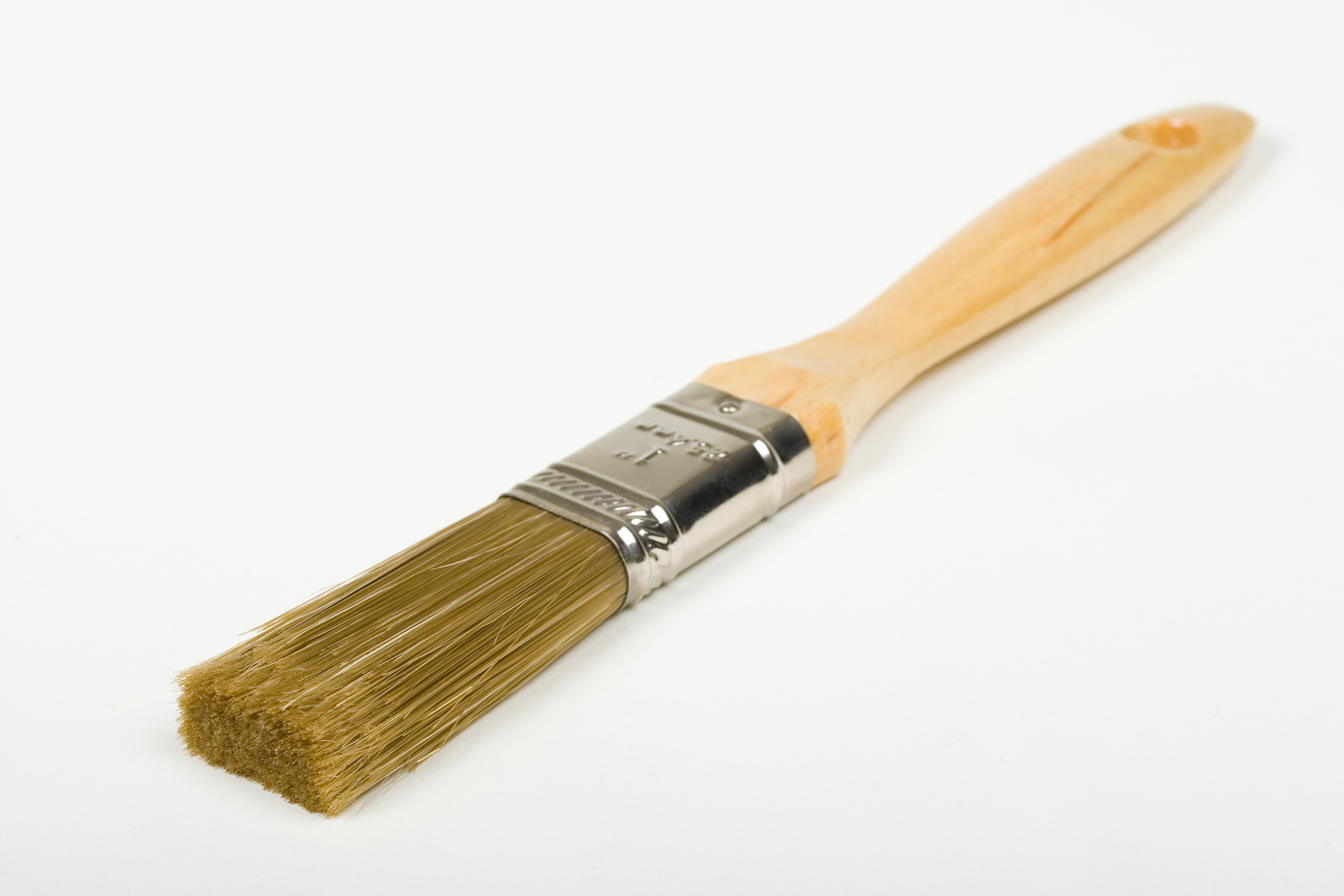
Photo by You Touch Pix of EuToch on Shutterstock
Blends can bring out the best of both nylon and polyester brushes. Paint brushes made with a blend of these filaments offer the softness and durability of nylon along with polyester's stiffness and ability to maintain its shape over time. Blends can work well for both interior and exterior painting, with all types of paint. The stiffness of polyester mixed with the durability of nylon makes these brushes a good choice on rough and semi-rough surfaces. These brushes also work on smooth surfaces due to the softness and tipped ends of nylon. Due to the addition of polyester, some effort is required for proper cleaning and maintenance.
Clean Up and Storage
When cared for and cleaned properly, quality paint brushes can last for years. To clean brushes used with oil-based paints, use mineral spirits or paint thinner. Pour the solution into a container and dip the brush in and out of the solution. Use a paint brush comb to really get into the bristles and get any paint stuck near the ferrule edge. This practice eliminates missed paint that dries and makes the brush stiff, slowly degrading it over time. Spin the paintbrush of excess solution into a waste container. Reshape and hang the brush to dry and store. To clean water-based paint from a brush, repeatedly dip the brush into a water and mild soap solution. Rinse and repeat the process as necessary. Use the paint brush comb to finish and rinse. Spin the brush of excess water, reshape and hang it to dry and store.
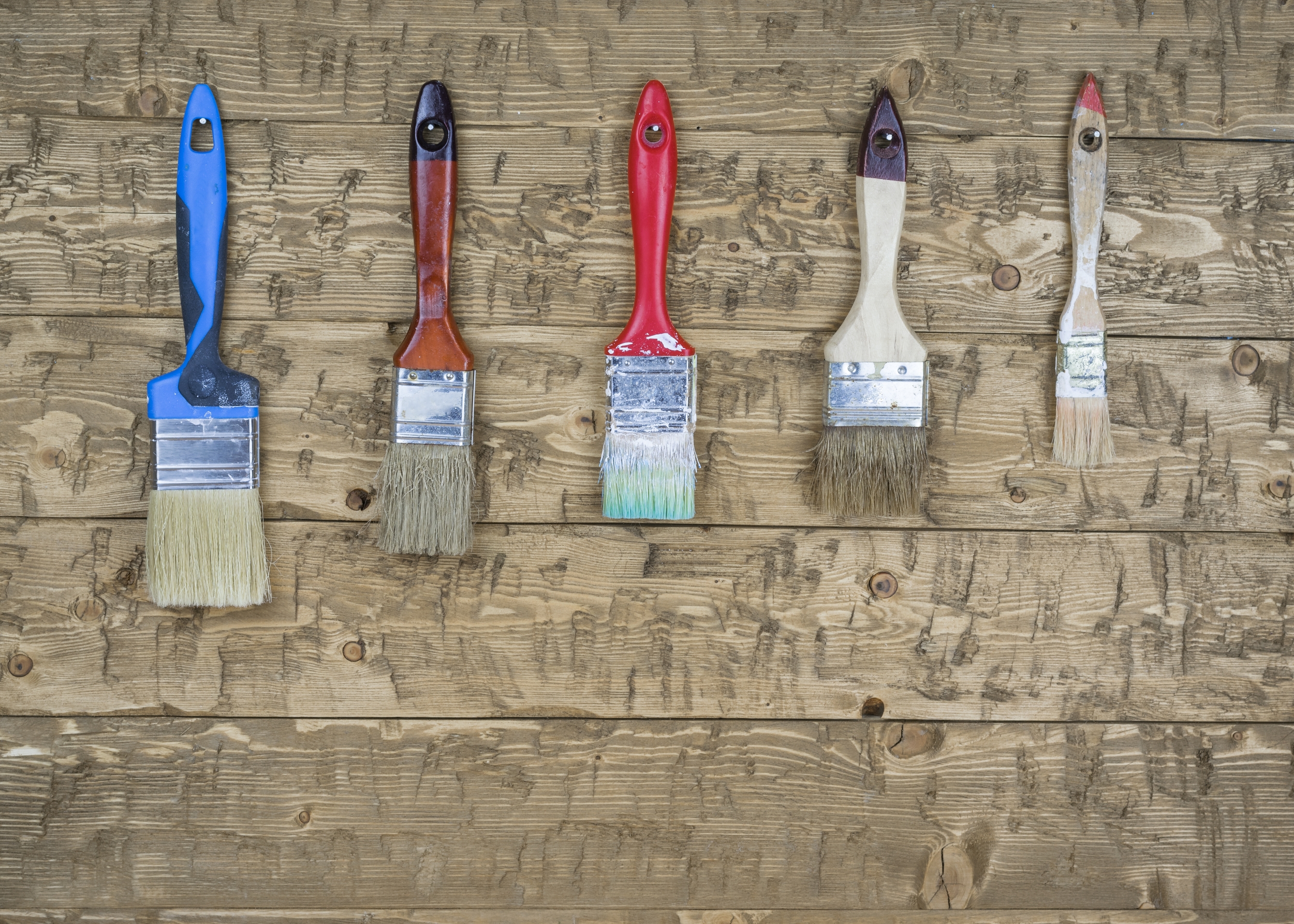
Photo by VLADIMIR VK on Shutterstock
Roll With It
Rollers come in a variety of sizes, materials, and nap lengths. To get the beautiful finish you desire, start with the right roller for the job. Choose a 9-inch roller for general painting, like your living room walls. Larger walls and ceilings can be covered faster with 14-inch rollers, while switching to smaller 3-inch rollers to get into cramped spaces like behind a toilet or door panels can save time and frustration.

Photo by Tookapic on Pexels
Roll with the Punches
In addition to picking the right size roller, picking the right material is also important.
Synthetic covers, usually made of polyester, dacron, or nylon, are the ideal choice for using latex paints. These types of rollers maintain their shape and allow for a smooth finish.
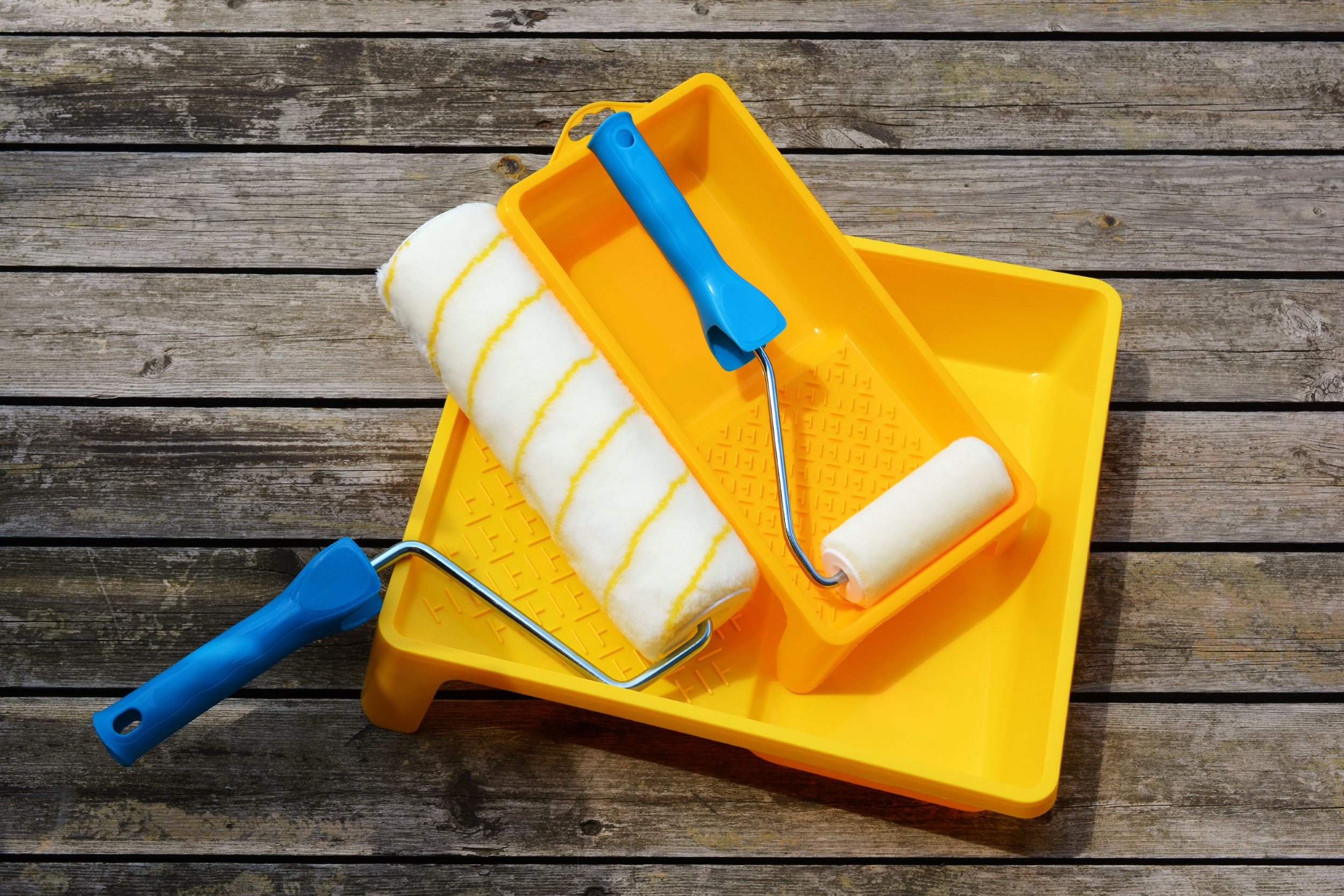
Photo by IrynaL on Shutterstock
Natural covers like sheepskin or mohair are excellent for oil-based paints. When using latex paints, these natural cover options should be avoided, as water in the paint can cause swelling in the fibers which makes them become matted.
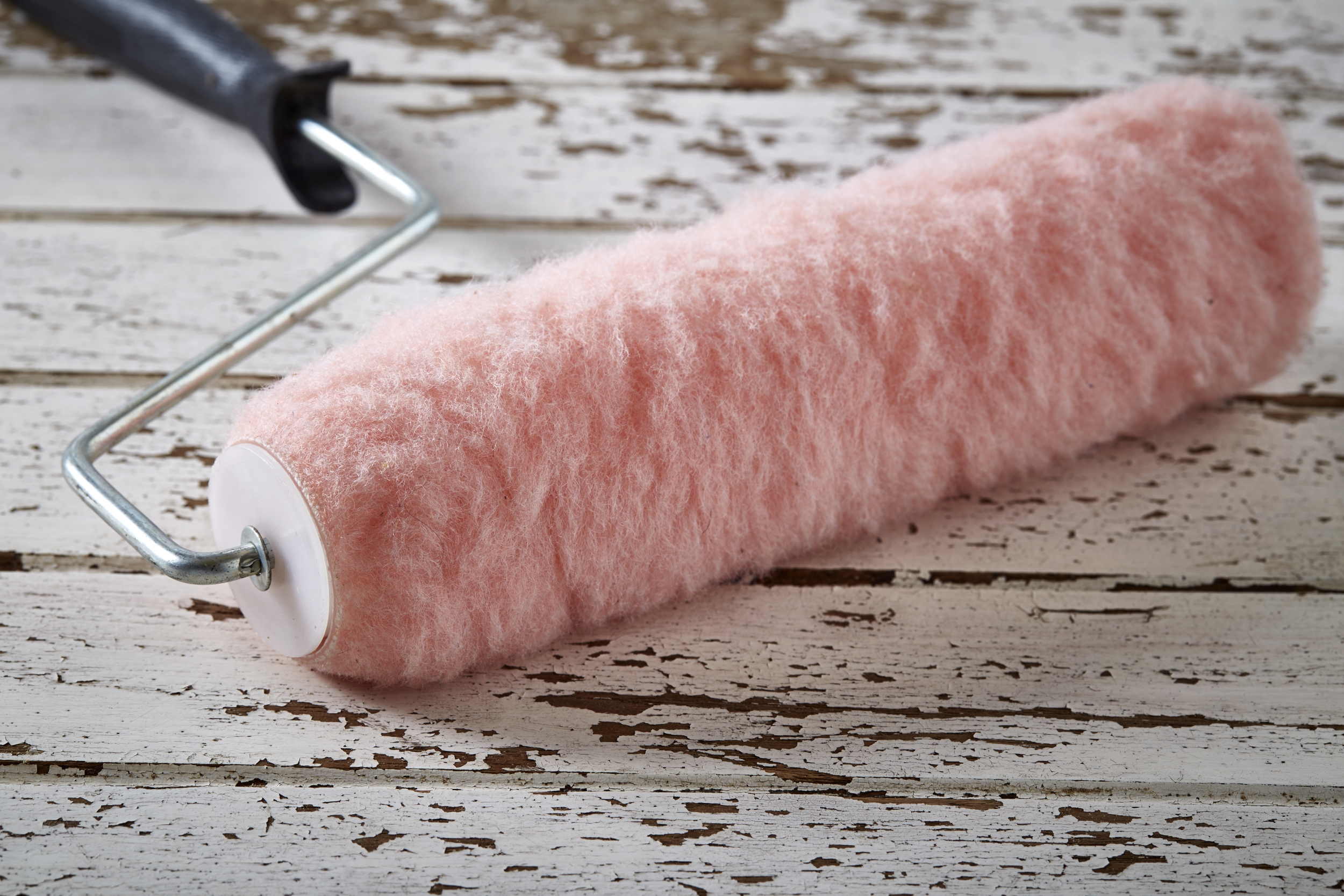
Photo by 1981 Rustic Studio kan on Shutterstock
Foam rollers are ideal for bare wood, or any porous surface that is smooth or textured where a smooth, high gloss finish is desired, like cabinets or doors.
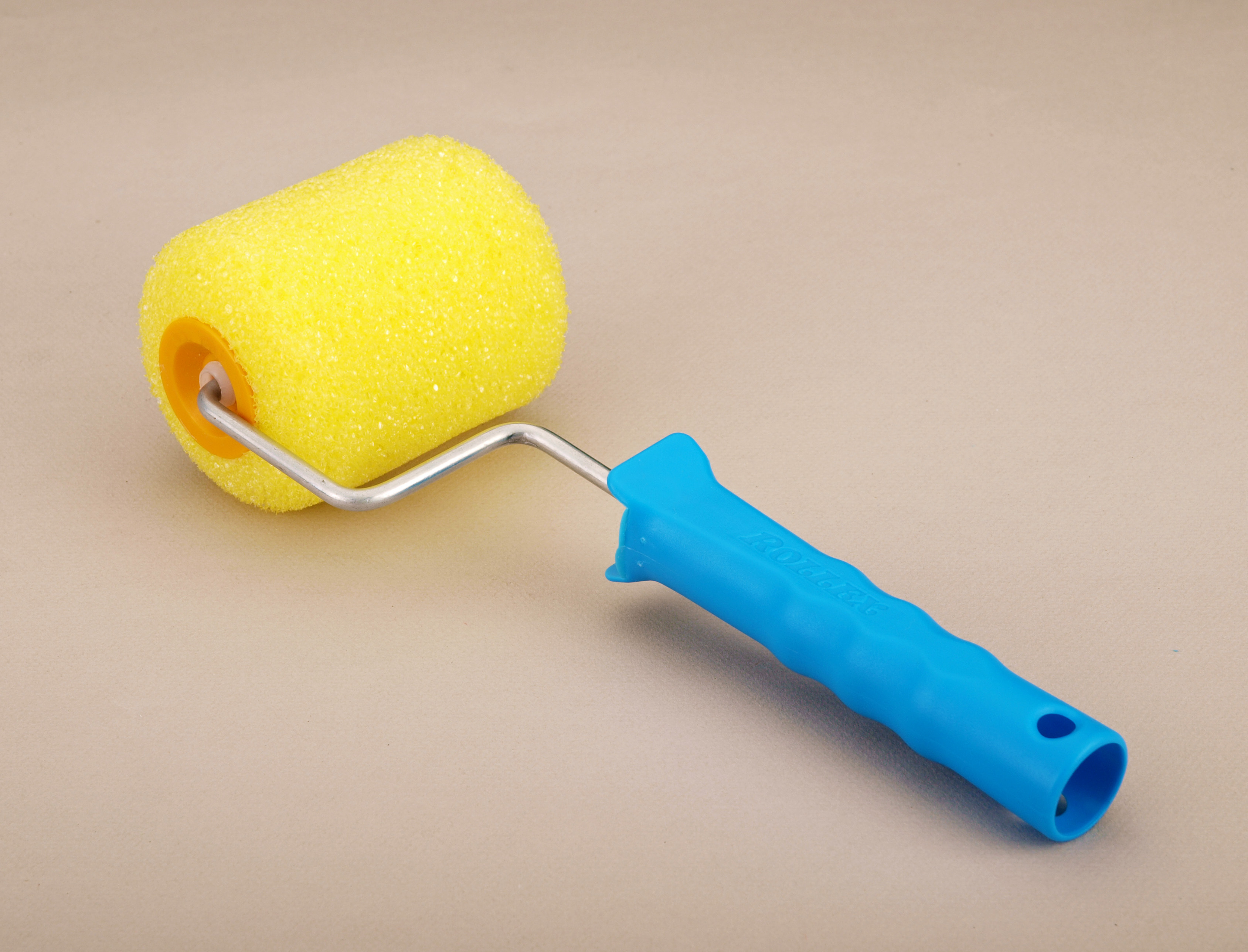
Photo by Vangelis_Vassalakis on Shutterstock
Nap Time!
Nap lengths are important for applying paint because not all walls or projects have a smooth finish. A smooth surface requires a shorter nap. If you’re painting smooth plaster, a ¼-inch nap will do. A 3/8-inch nap is a general go-to for smooth to slightly textured drywall surfaces. If your surface is stucco or brick, use a half-inch to 3/4-inch nap. The pile depth, or the thickness of your roller's nap, is important depending on the texture of the surface you're painting. The more uneven the surface, the longer the nap should be, to help get into any crevices.
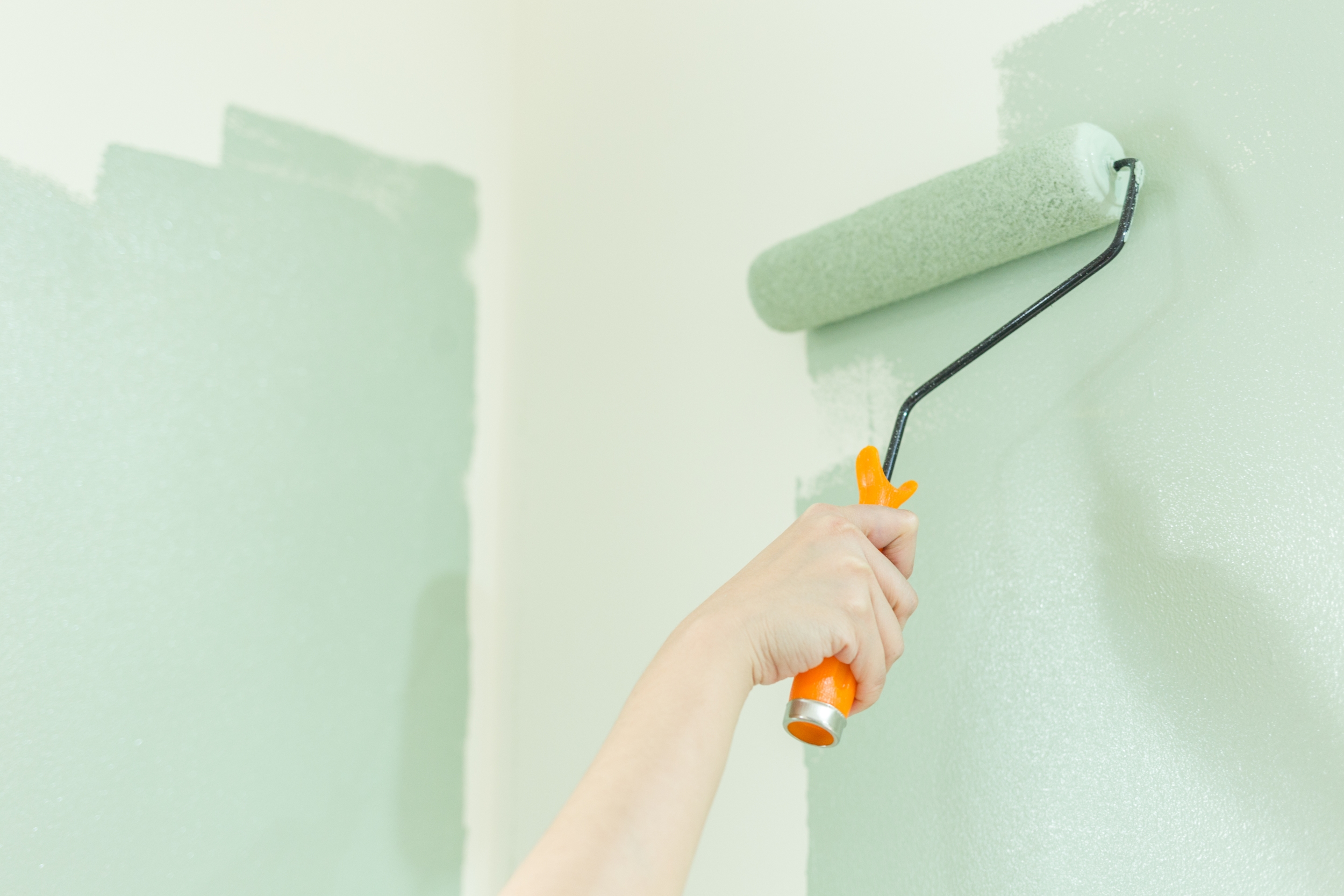
Photo by 10FACE on Shutterstock
Keeping Naps Wet
Rollers are fairly inexpensive and most of us just toss them when we’re done. The real money saver is keeping the roller wet when working on longer projects that require breaks. Keeping the roller wet so it doesn't need replacing when working on a longer project can save both time and money. To preserve the used roller, simply wrap it in aluminum foil and crimp down the ends to form a tight seal. If your break is more than 12 hours, place the wrapped roller in the fridge. When you’re ready to paint again, take it out two hours before use, to allow it to reach room temperature.
Doing a small amount of research on using the right brushes and rollers can go a long way. With the right tools selected, you can acheive the desired look for your home and feel confident that your new paint job will be clean and uniform as well as long lasting.

Photo by David Pisnoy on Unsplash






















